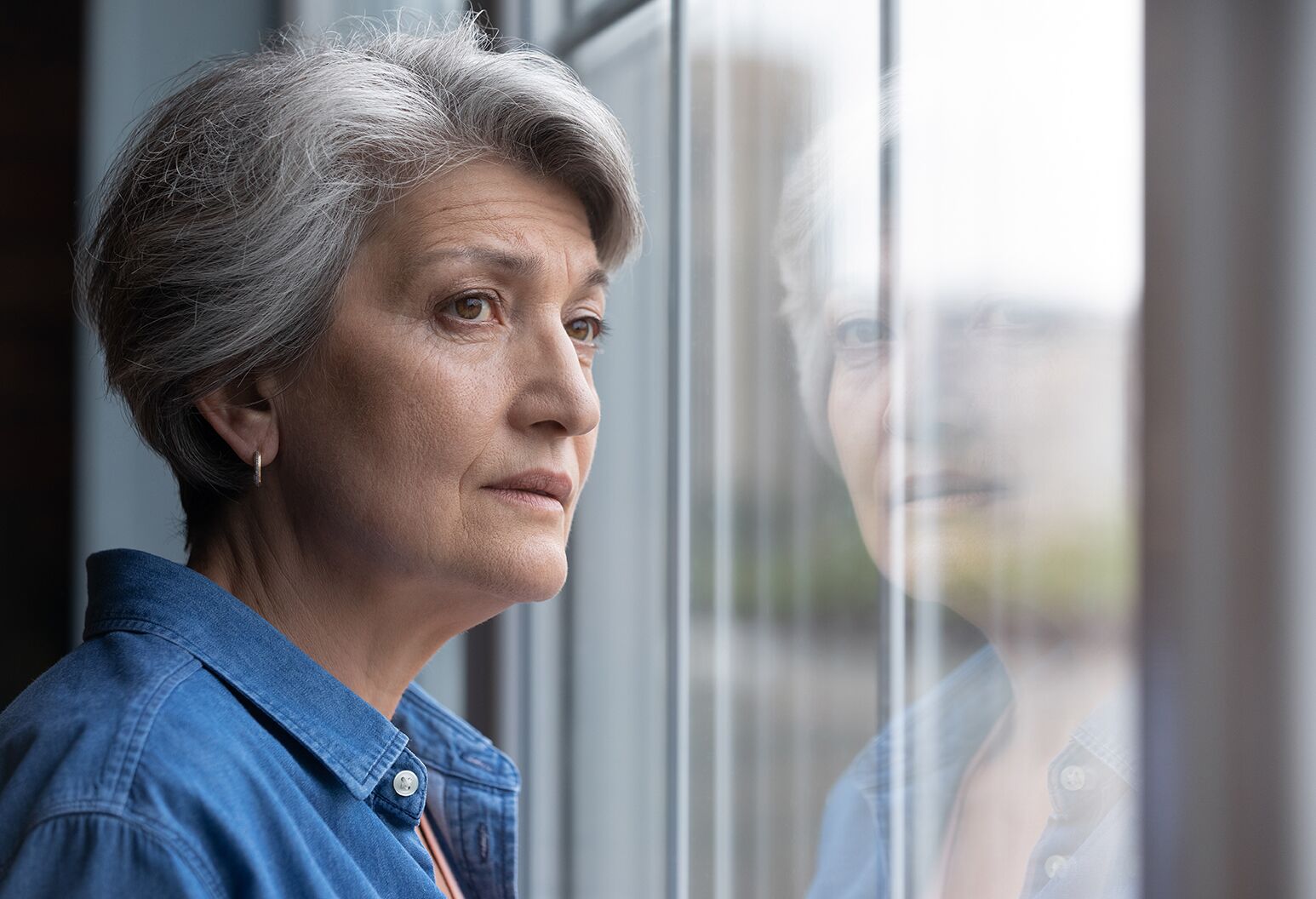aging
Cosmetic Procedures for Every Life Stage

Get a psychologist’s perspective on the relationship between aging and isolation.
4 min read
Looking back at my early 40s, my life was a vibrant hub of activity and social connections. I met new friends regularly through work. I joined a tennis club where I met fellow newbies at clinics, played in a women’s league, and organized a Friday night doubles group. I also volunteered for a charitable organization and co-chaired fundraising galas—a role that forced me out of my comfort zone and helped me meet dozens of local families and business owners. And I became friendly with neighbors at the bus stop and parents from my daughter’s school and softball league.
I recall those happy times now with a tinge of sadness, knowing many of those connections I made (and the activities that spawned them) are now relegated to memory or occasional hellos exchanged through social media. Am I the only one feeling lonely as I navigate middle adulthood and am now an empty nester?
According to Elihu Turkel, PsyD, director of psychology training at Northwell Health, it’s definitely not just me. As he explains, by the time someone is in midlife, their social network is primarily made up of connections found through marriage, work, and friends from different areas of life (like parents at your kid’s school). But as people get older, what connects us to one another often changes, making socialization harder to come by.
Turkel says that while loneliness and being alone aren’t always the same, being alone can contribute to loneliness. “As people age, some of the risk factors for feeling lonely emerge for many—and some are situational,” he notes.
Life changes such as divorce, widowhood, empty-nest syndrome, and retirement can profoundly impact someone’s sense of connectedness. Depression and anxiety can also cause a person to withdraw socially, and chronic illness or disability may affect one’s mobility and limit how much social activity they participate in, which can lead to further isolation.
Major organizations, including the U.S. Department of Health and Human Services, have reported on the current loneliness epidemic, calling it a public health crisis. The World Health Organization (WHO) wrote, “Loneliness and social isolation have serious impacts on our physical and mental health, and the well-being of our communities and society.”
While isolation isn’t limited to older adults, it does affect a significant number of people in that demographic. According to WHO, one in four older adults worldwide experience social isolation. In addition, the University of Michigan’s 2023 National Poll on Healthy Aging revealed that one in three adults in the U.S. ages 50–80 reported feeling isolated over the last year.
The U.S. Surgeon General warned of the health consequences of loneliness and social isolation, including:
It’s no wonder loneliness has been labeled as dangerous as smoking up to 15 cigarettes a day.
But can anything be done about it? Yes, says Turkel—and it starts with recognizing your isolation. He compares the emotional pain of loneliness to physical pain, as it can be a warning sign. For example, just as pain lets you know something might be wrong with your body, “loneliness is a kind of signal that we need to connect,” he notes.
As we get older, our opportunities to interact with other people may start to diminish as our children move away or we leave the workforce. We may lose friends and loved ones to illness or see people less often as friends downsize and relocate. But there are many ways to intentionally stay connected or forge new friendships, including:
Turkel suggests additional ways to help combat loneliness, such as:
As far as technology goes, does it contribute to loneliness or help reduce it? Turkel says that depends on how we use it. If you’re simply scrolling social media feeds without interacting with others, it can elevate your isolation. But using technology for synchronous connection—as in real-time interaction where there’s no delay (such as talking via FaceTime)— can be beneficial and even bridge the gap of geographic isolation.
Knowing that aging poses risks for increased loneliness, Turkel says people can prepare by planning in advance and structuring their lives around increasing contact with other people. Starting a new activity, getting involved with a social group, or moving to a community that’s welcoming and actively engaged can help ensure a more connected future.
The Well is Northwell Health’s commitment to the future of health care. In this time of information overabundance, much of which is inaccurate, unhelpful, or even difficult to understand, Northwell Health is on a mission to make a difference as an honest, trusted, and caring partner. The site connects with consumers to provide them with personalized content that reduces their stress, makes them laugh, and ultimately feel more confident and capable on their healthcare journey.